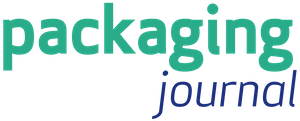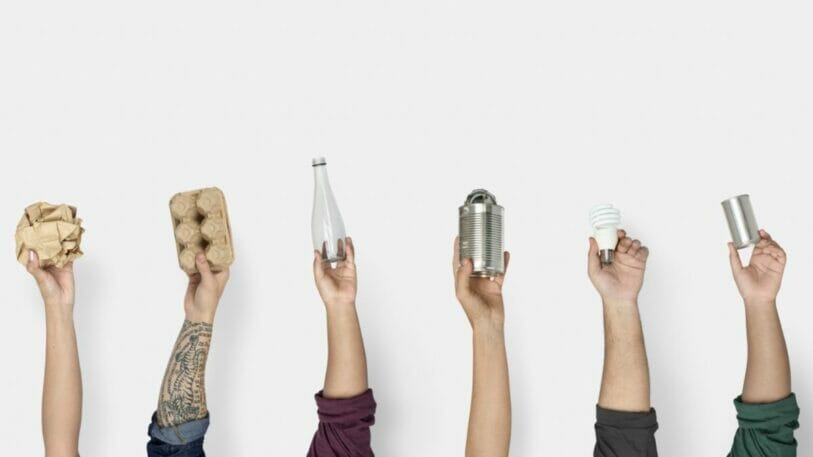A new report from Finland’s Technical Research Center (VTT), „Recycling Food Packaging“, highlights those technology solutions expected to become commercially available in the next five years and says partnerships are essential to deliver the necessary technological innovations in food packaging recycling.
VTT’s team examined current and near-future recycling systems for plastic and fiber packaging and found that alliances between brand owners, recycling and sorting technology developers, and waste management companies are fundamental to the development of recycling solutions. Such partnerships are essential for future investment in new recycling technology as they provide, on one hand, accessibility to used material, and on the other hand, a potential user for the recyclate. Commissioned by Huhtamaki the global sustainable packaging solutions provider, the report aims to identify and increase understanding of the key drivers required to deliver a functioning circular economy, in which importantly packaging is not only recyclable, but recycled.
Increase in industrial chemical recycling
„The study predicts a significant increase in industrial chemical recycling capacity in the United States, Europe and East Asia in the next 3–4 years. Chemically recycled polymers can be included in food packaging after full depolymerization, whilst in practice today, recycled polymers certified as food contact material are mainly limited to rPET, used mostly in bottles„, says Mona Arnold, principal scientist at VTT.
Huhtamaki has an ambitious 2030 sustainability agenda, including a commitment to design 100% of its products to be recyclable, compostable or reusable. The company also aims to have more than 80% of raw materials it uses to be either renewable or recycled. To deliver on these, Huhtamaki needs to ensure that the packaging materials, which provide access to safe, affordable foods and help prevent food waste, are recycled after use in ways that maximize their value to both the planet and people, and therefore help deliver a low carbon circular economy.
Source: Huhtamaki
More english articles

A contract with a handshake is valid
Managing director Tina Gerfer of Wilhelm Rasch Spezielmaschinenfabrik has modernized the company and successfully guided it through difficult times.
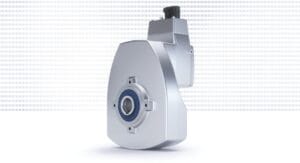
Asynchronous servo solutions for the packaging industry
From primary packaging to final packaging, electric drives play an important role. With a broad portfolio, Nord Drivesystems supports customers.
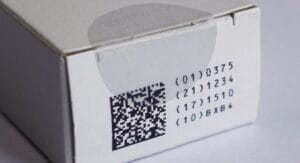
Label Durability
Labels offer many functions which can get lost due to label removal. PTS assesses labels and cardboard for durability and tamper evidence.
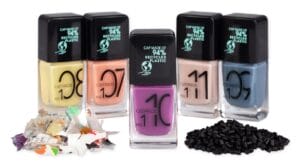
More design for recycling for cosmetics packaging
Packaging for decorative cosmetics is very special. The Forum Rezyklat calls for the recyclability of packaging to be taken into account when designing it.
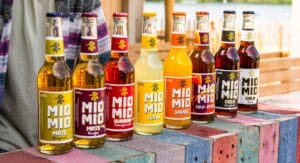
Innovation Barometer 2024
According to a survey conducted by Aktionsforum Glasverpackung 2024 is set to be a highly innovative year for glass packaging.
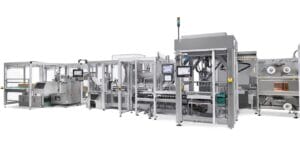
Flexible packaging system for natural cosmetics
Sustainability is part of Weleda’s identity. IWK is also contributing to this with its new flexible packaging line for many natural cosmetic products.

